In a return to the heady days of 400cc four-cylinder sportbikes on Australian roads and tracks, Kawasaki Australia has confirmed that its all-new ZX-4R is headed for Australia with the inline-four expected to land on showroom floors in the third quarter of 2023.

With electric bikes the focus of much R&D now, the chances of a 400cc four-cylinder revival might have seemed vanishingly small, but Kawasaki has launched exactly such a bike in the form of the ZX-4R. In fact, there are three variants – the ZX-4R, ZX-4R SE and ZX-4RR.

There was a golden period in the 80s and 90s when Japan’s ‘bubble era’ hit its peak. Motorcycle technology accelerated at a pace never seen before and it led to a generation of jewel-like 400cc four-cylinder sportsbikes that looked every inch as desirable as superbikes twice their size. That era was short-lived, though, and soon the likes of Honda’s RVF400R, Kawasaki’s ZXR400, Suzuki’s GSX-R400, and Yamaha’s FZR400 were gone as buyers baulked at paying prices that were often higher than those asked for more powerful, but lower-tech, 600cc fours.
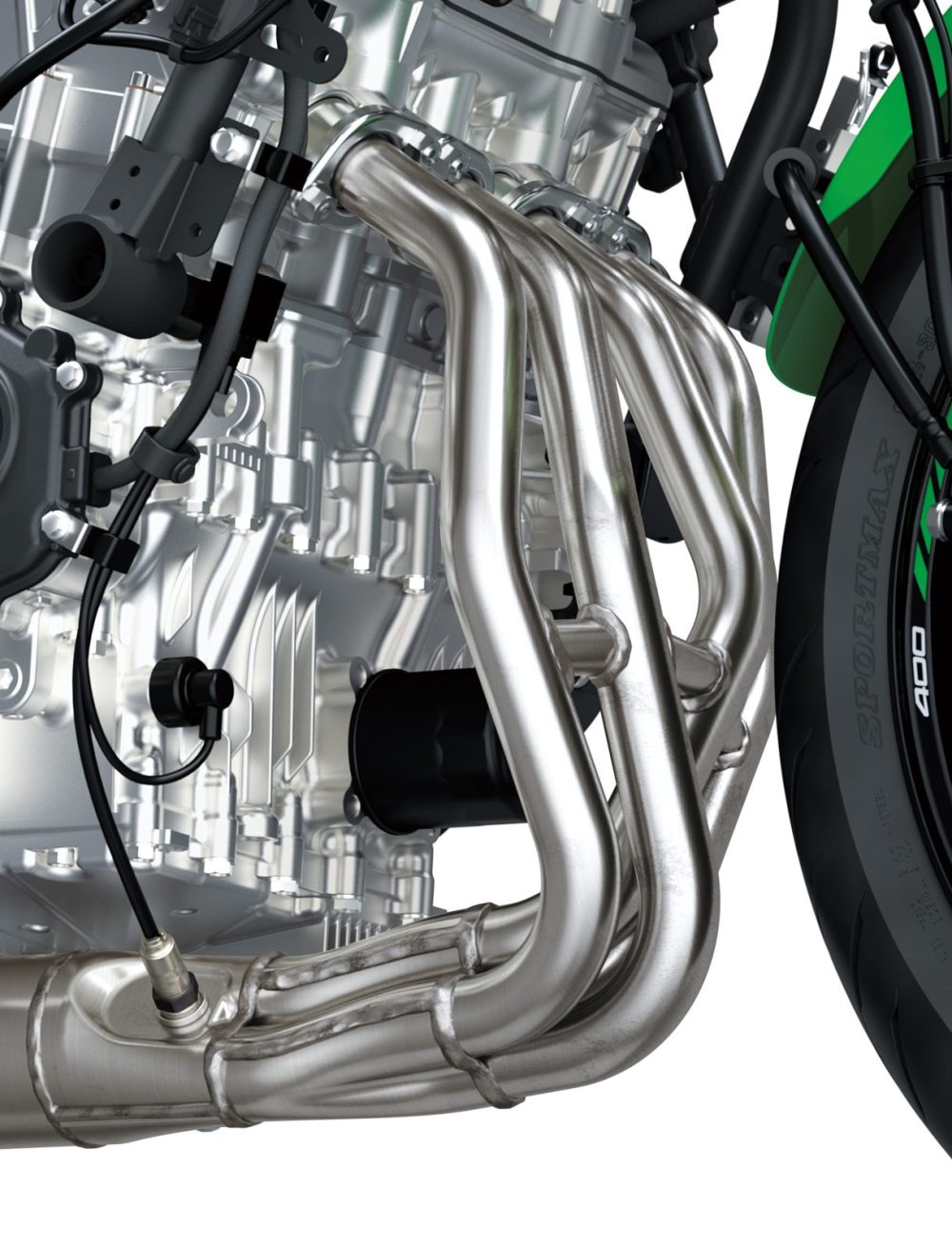
Tightening emissions rules since then, particularly those limiting the release of unburnt hydrocarbons, appeared to seal the fate of small-capacity, high-revving four-cylinder bikes, with manufacturers increasingly turning to larger, slower-revving twins that are easier to make emissions-compliant. But Kawasaki is bucking the trend with the imminent launch of the new ZX-4R.
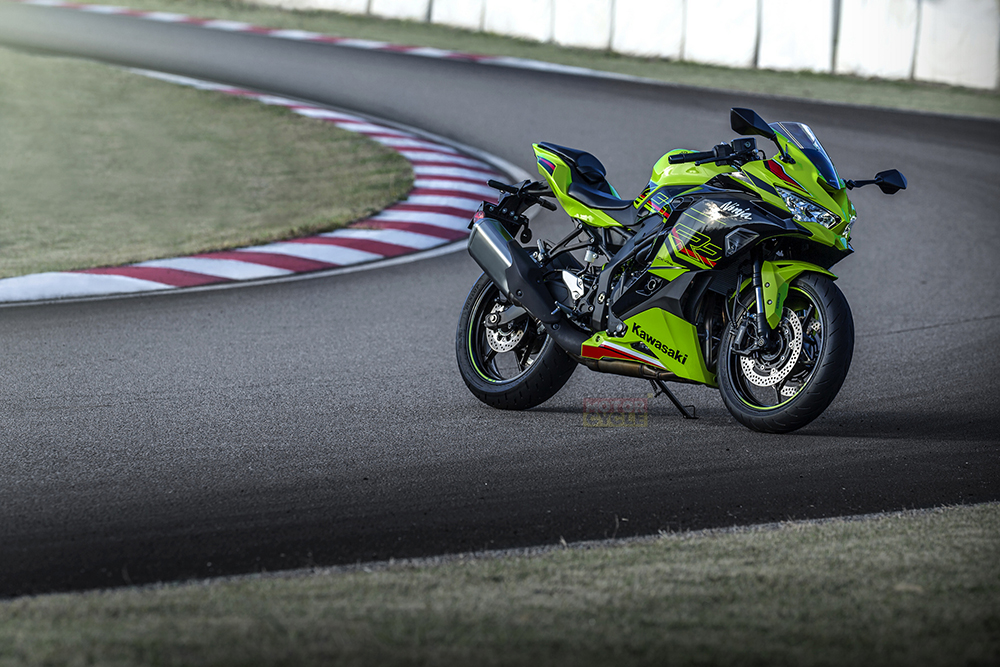
The ZX-4R is based on the existing ZX-25R, sold in some Asian markets since 2020, and the only 250cc four-cylinder bike from a major manufacturer in years. With 35kW, the 250 is already an impressive machine, although its relatively hefty 180kg kerb weight blunts performance, but by punching the bore from 50mm to 57mm and upping the stroke from 31.8mm to 39.1mm, Kawasaki has added 150cc to the mix to create a 399cc four-cylinder with an impressive 57kW on tap and a redline of 16,000rpm! Add ram-air to the mix, and power rises to a claimed 59kW at speed. For comparison, an old ZXR400 would – like most of the ‘bubble era’ bikes of that size – top out at around 45kW.
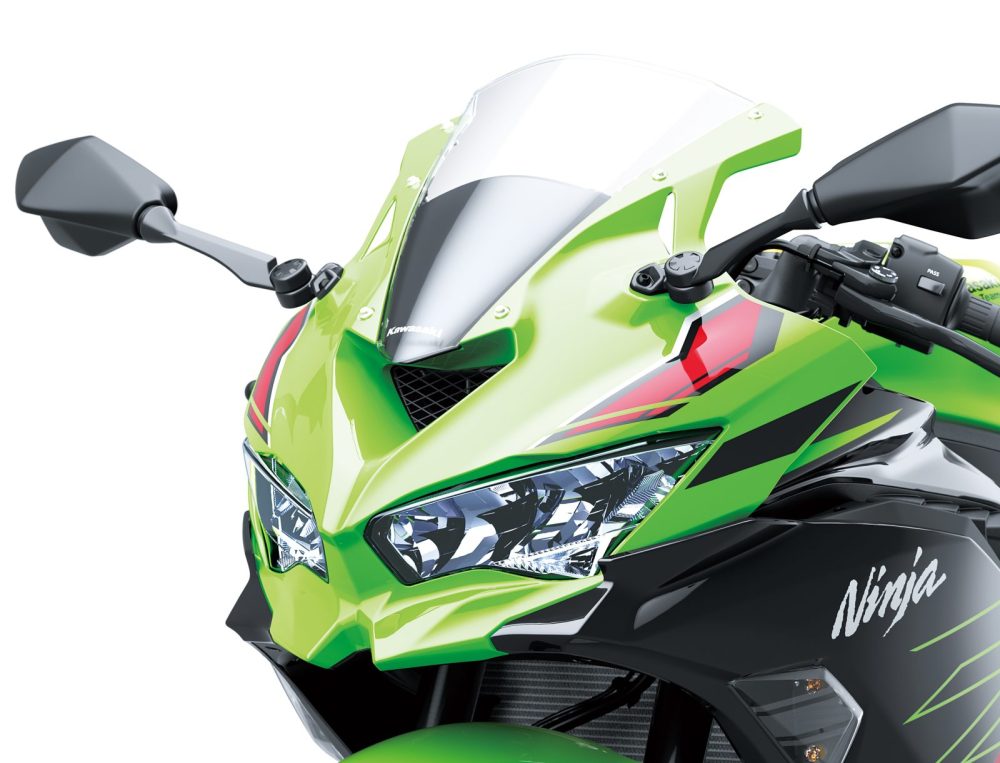
The new Kawasaki four-cylinder engine benefits from fuel injection and a ride-by-wire throttle, as well as two power modes, traction control and a slipper clutch. A quickshifter is optional on the base model and standard on the SE and RR. The SE also gets a tinted screen and KRT paintwork, while adding preload adjustment to its Showa SFF-BP forks. The track-oriented RR has higher-spec forks and adds a Showa BFRC-lite rear shock to the mix.

The chassis comes straight from the ZX-25R, which means it’s a steel trellis rather than the sort of superbike-style alloy beam frame that the crop of 400cc sports bikes enjoyed 30 or 35 years ago. A wider 160-section rear tyre and dual 290mm front discs where the 250cc bike has a single stopper are the only noticeable changes, but digging deeper into the specs also reveals a steeper 23.5 degree caster (24.2 degrees for the 250). The wheelbase is the same as the 250 at a short 1380mm, and weight rises by only 8kg to 188kg for the R and RR, while the SE is 189kg. Those numbers include a 15-litre tank of fuel.
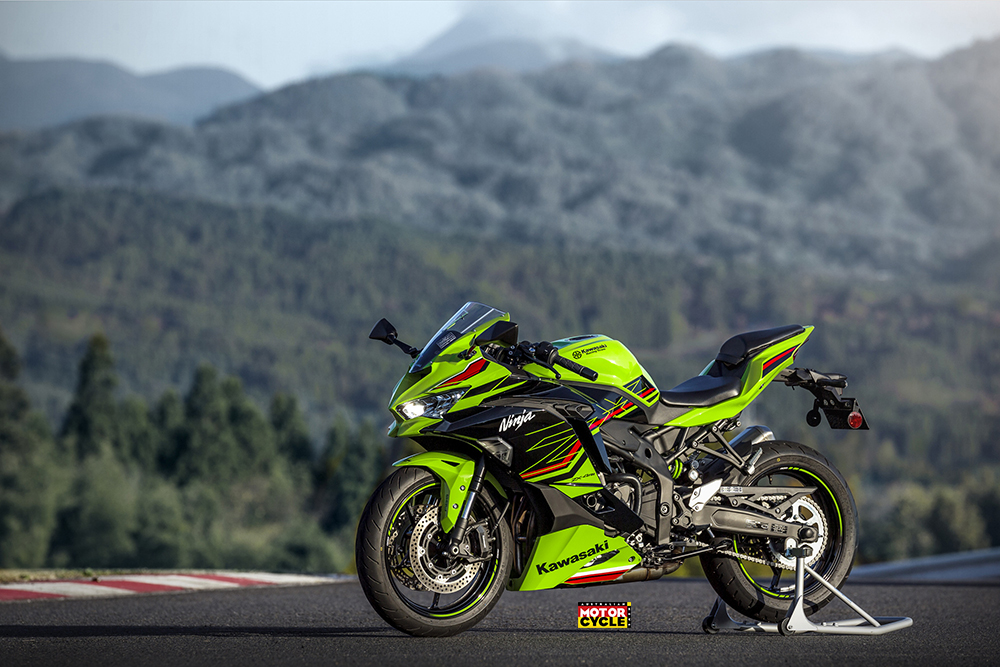
When it comes to pricing, the ZX-4R is likely to be closer to a ZX-6R than to the twin-cylinder Ninja 400. In the USA, only the RR model has been released so far, and it costs US $9699, compared to US $10,699 for a ZX-6R in that market. Australian documents show that both the ZX-4R and ZX-4RR are type-approved here, suggesting that the SE won’t be making it to our shores any time soon.
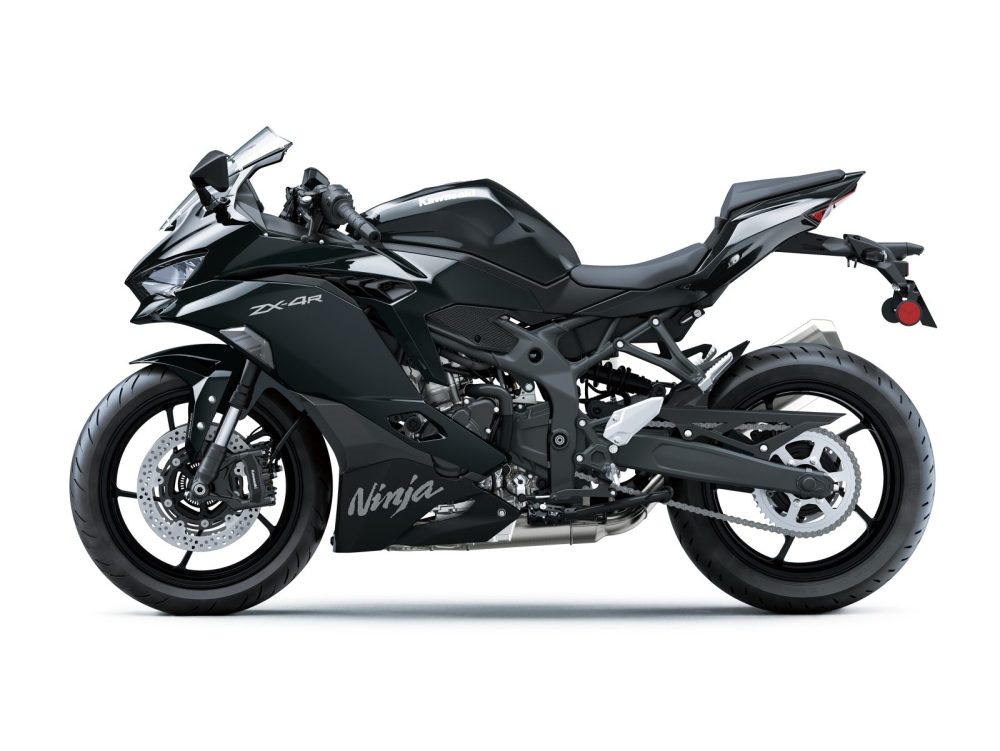
Although there isn’t much in the way of direct competition, the ZX-4R will have a rival in the form of the Kove 400RR from China. Launched late last year, the Kove 400RR looks impressive and weighs a mere 160kg wet, according to the company, but lags some distance behind the ZX-4R for power with a claimed 50kW at 13,500rpm. It’s also far from clear when the 400RR will be made available on international markets outside China, although Kove has announced plans to offer its range globally.
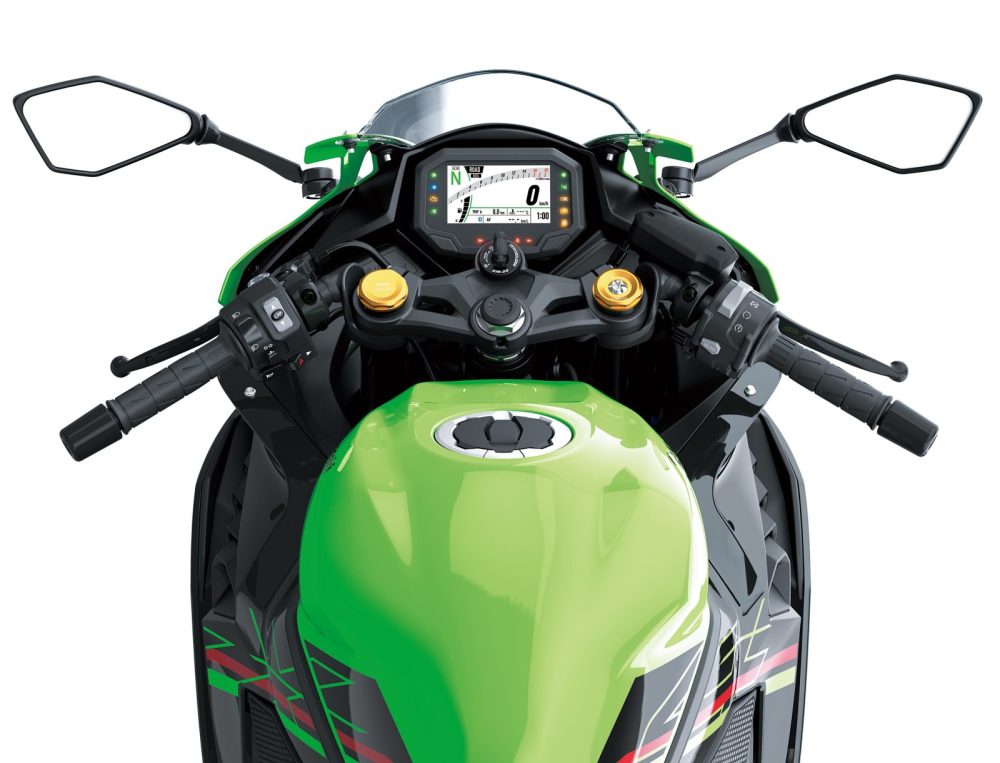
Kawasaki Australia has yet to confirm pricing or Australian specifications but the ZX-4R and ZX-4RR are expected to arrive on showroom floors in the third quarter of 2023.
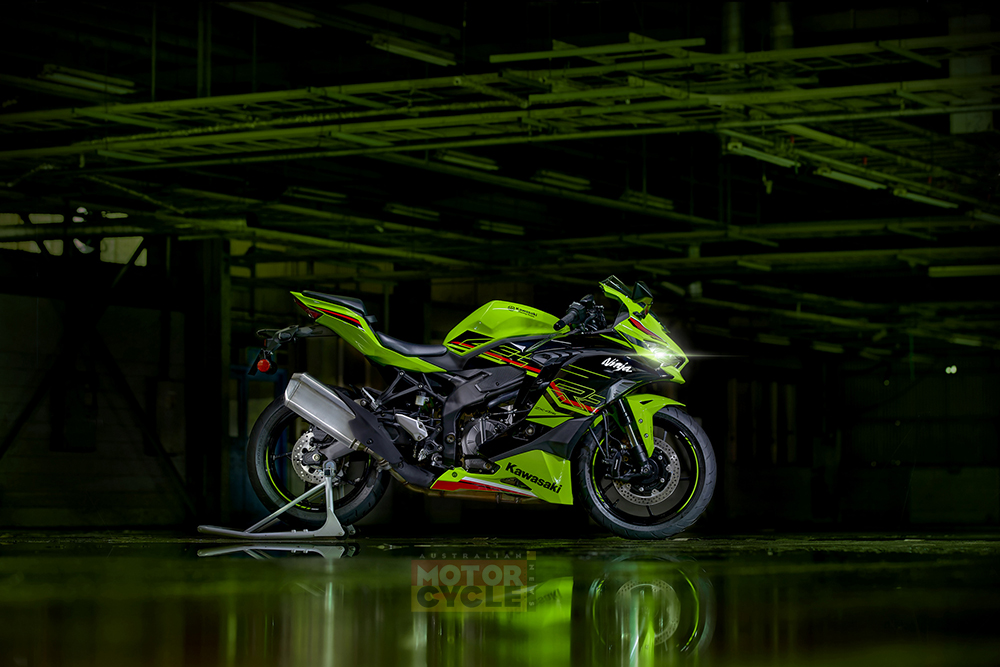
Ben Purvis











